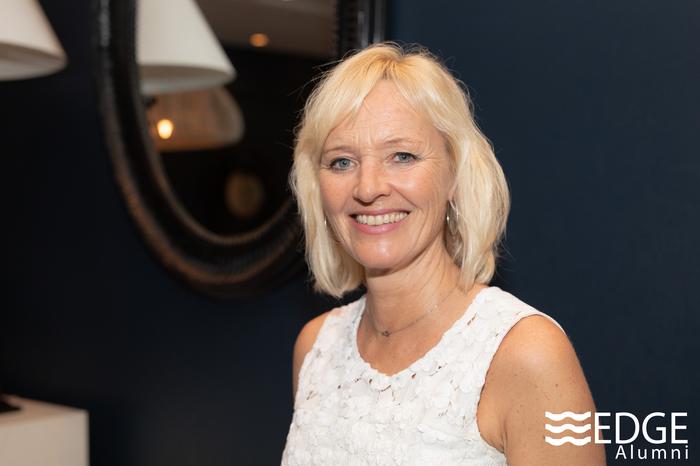C.U.S.T.O.M.E.R: The new paradigm for doing business – Part #3: Self-Centred
- 11 March, 2019 12:20

At the recent EDGE Alumni breakfast, hosted by ARN, the leading voice in customer centricity anddigital transformation, Nancy Rademaker, spoke about how the changing profile of consumers – their changing tastes, behaviours and attitudes – is disrupting incumbent businesses.
“Customer characteristics have changed,” Rademaker said, as she outlined the acronym
C.U.S.T.O.M.E.R, which highlights eight shifts in consumer perception and behaviour that businesses need to adapt to in order to retain their competitive edge.

S is for “Self-centered”
Half-a-generation ago, if someone went to an art gallery to see the work of a famous painter, and took a photo of that work, the photo would be focused on the work. It would be the only thing inside the photo frame.
Now, however, if somebody takes a photo of a famous painting, it will often be a selfie for social media, and half the frame is filled with that person (and perhaps some stickers to maximise the social media value of the photo).
This is indicative of what Rademaker meant when she said people have become more “selfcentered” – the “S” in C.U.S.T.O.M.E.R. Beyond ruining photos of the greatest art works, this change in attitude change is also forcing businesses to re-think how they approach customers.
“The story of the flower and the bee has reversed,” she said. “In the old days, companies used to be flowers, and they had the goal to attract as many bees [customers] as they could. In order to do so, they had to do market research. They had to research how to colour the flower, how to perfume it in order to attract bees.”
Now, however, it’s the organisations that are the bees. Customers are the ones with the tools and capabilities to attract organisations to them, and, according to Rademaker, companies that don’t properly understand and interpret this flip will have a hard time adjusting to the market.
For the channel, which is responsible for bringing products and services from vendors to customers, the reversed dynamic of the business/customer relationship is simple, but significant – channel organisations will find themselves representing their customers to their vendor partners a lot more, where historically the partner would have represented the vendor to the end customer.
Read on as we move on to look at how customers are also tribal in nature – the “T” in Rademaker’s C.U.S.T.O.M.E.R.
Or, take a look back and see what U stands for in the series.


